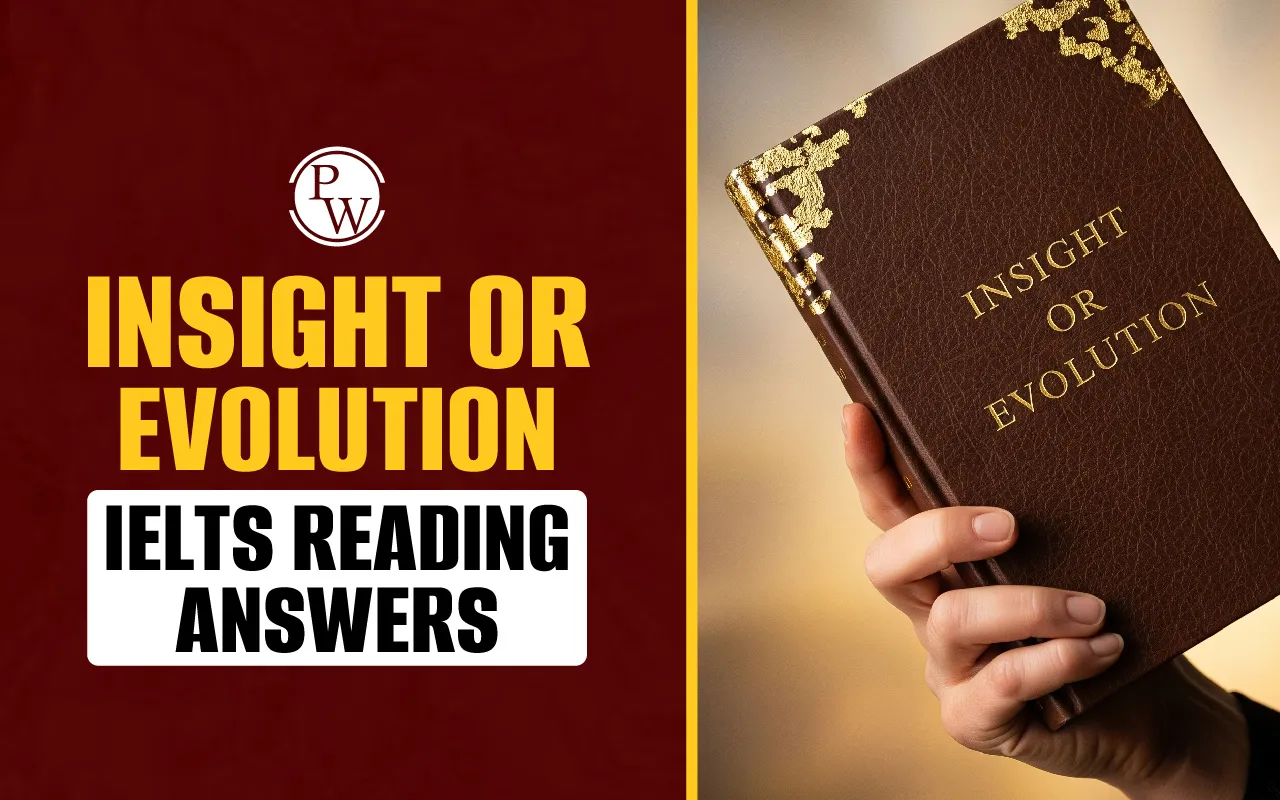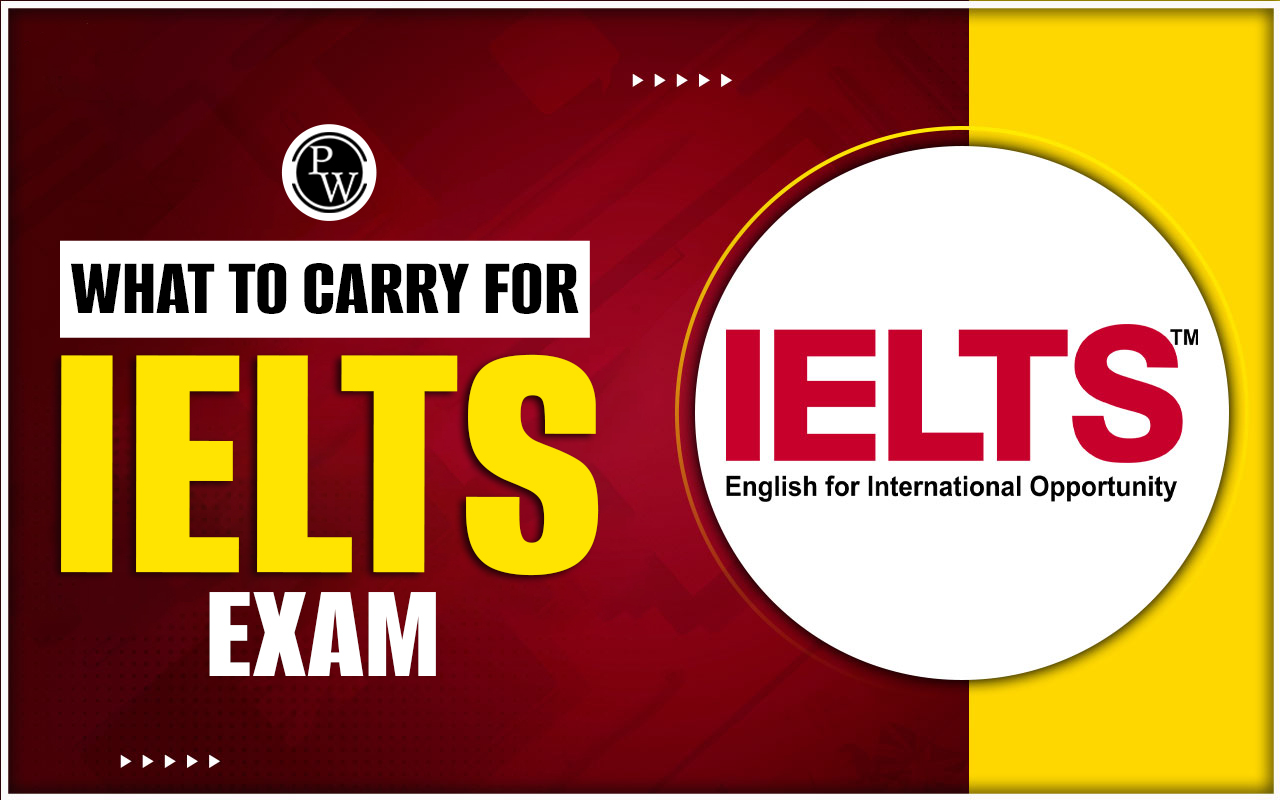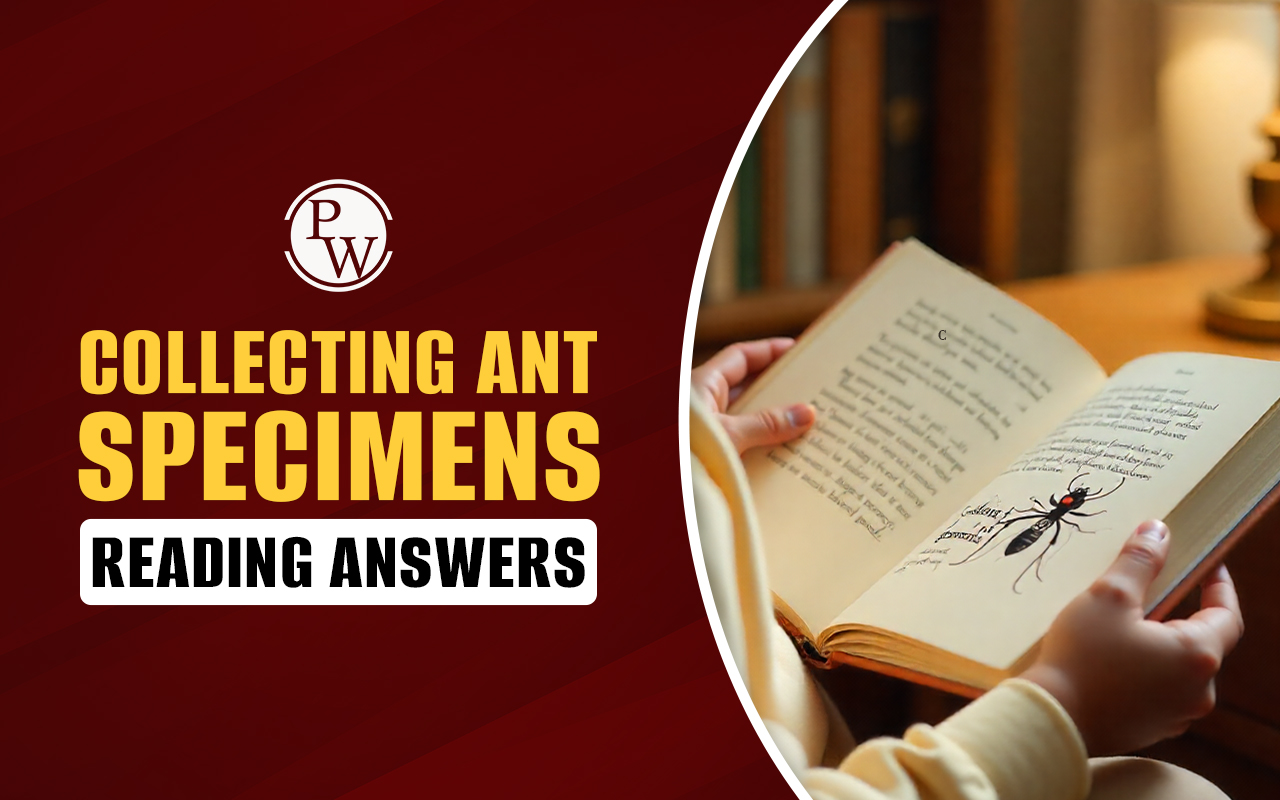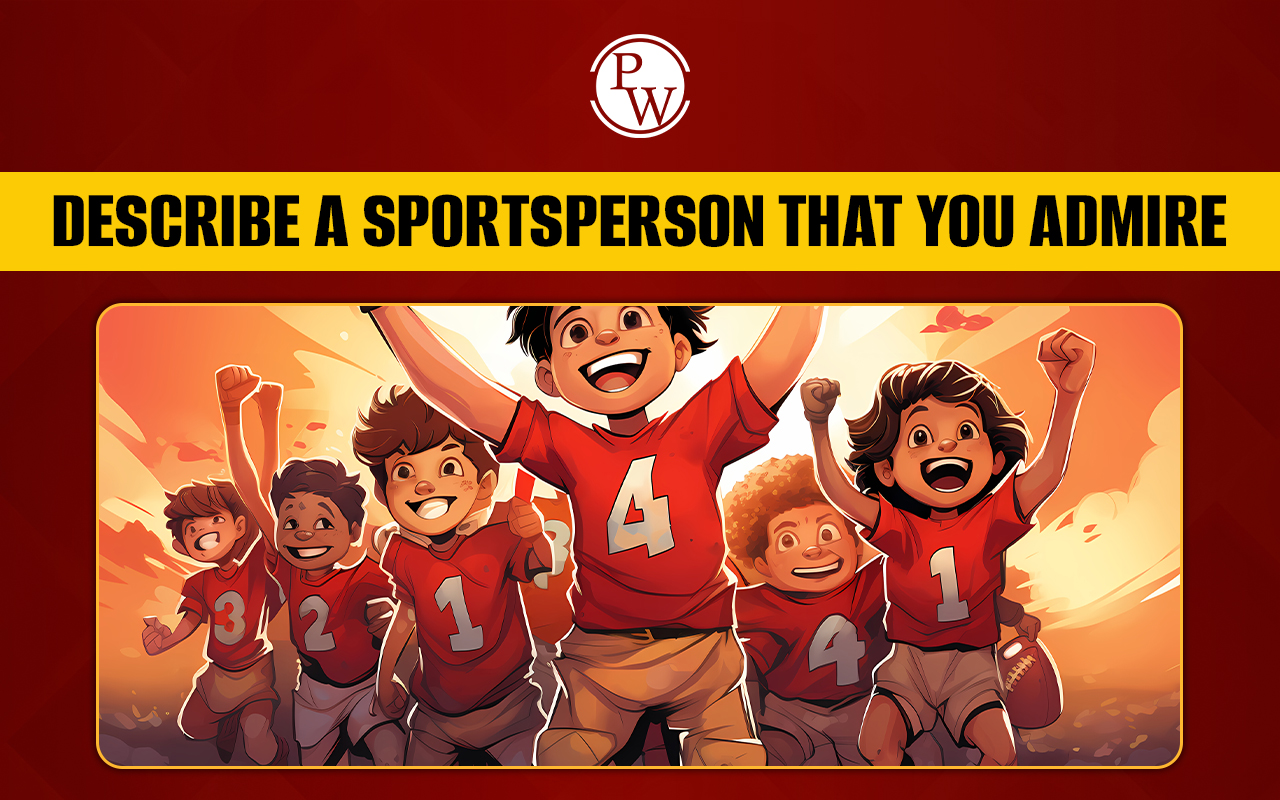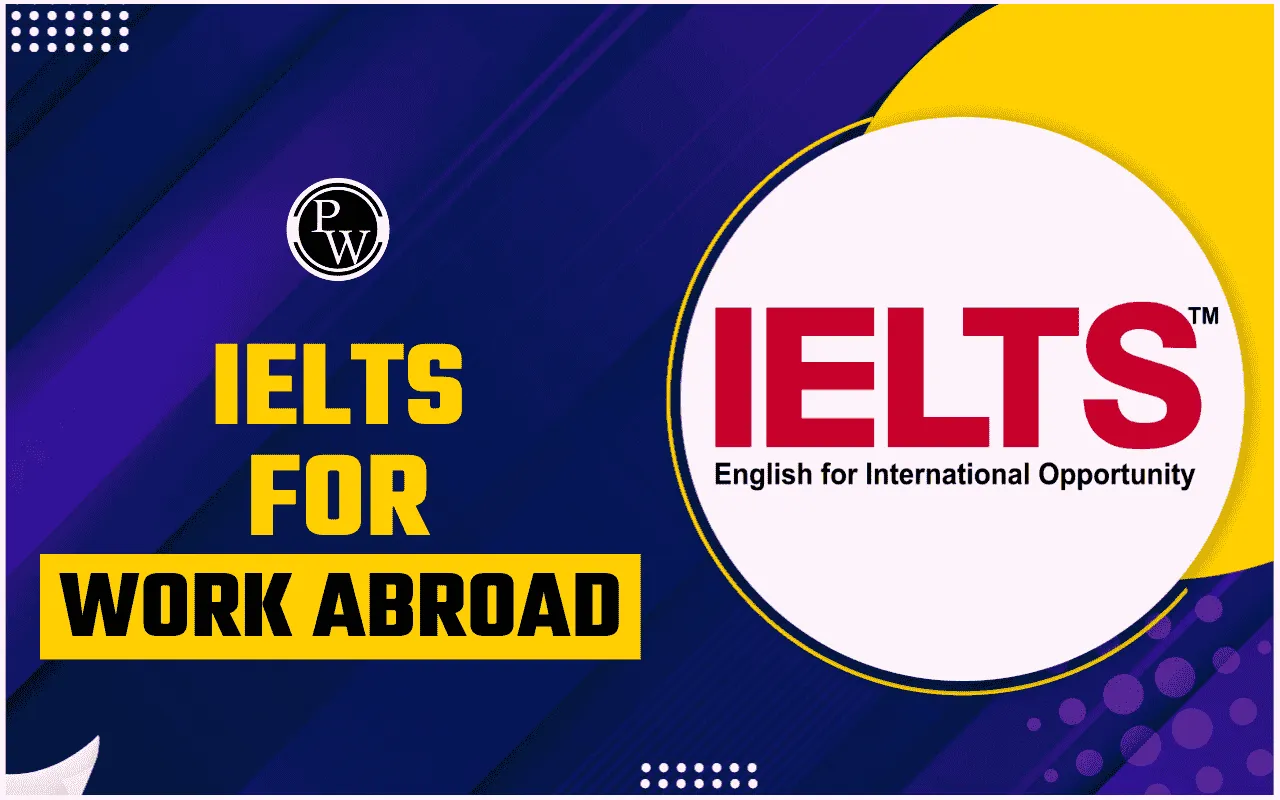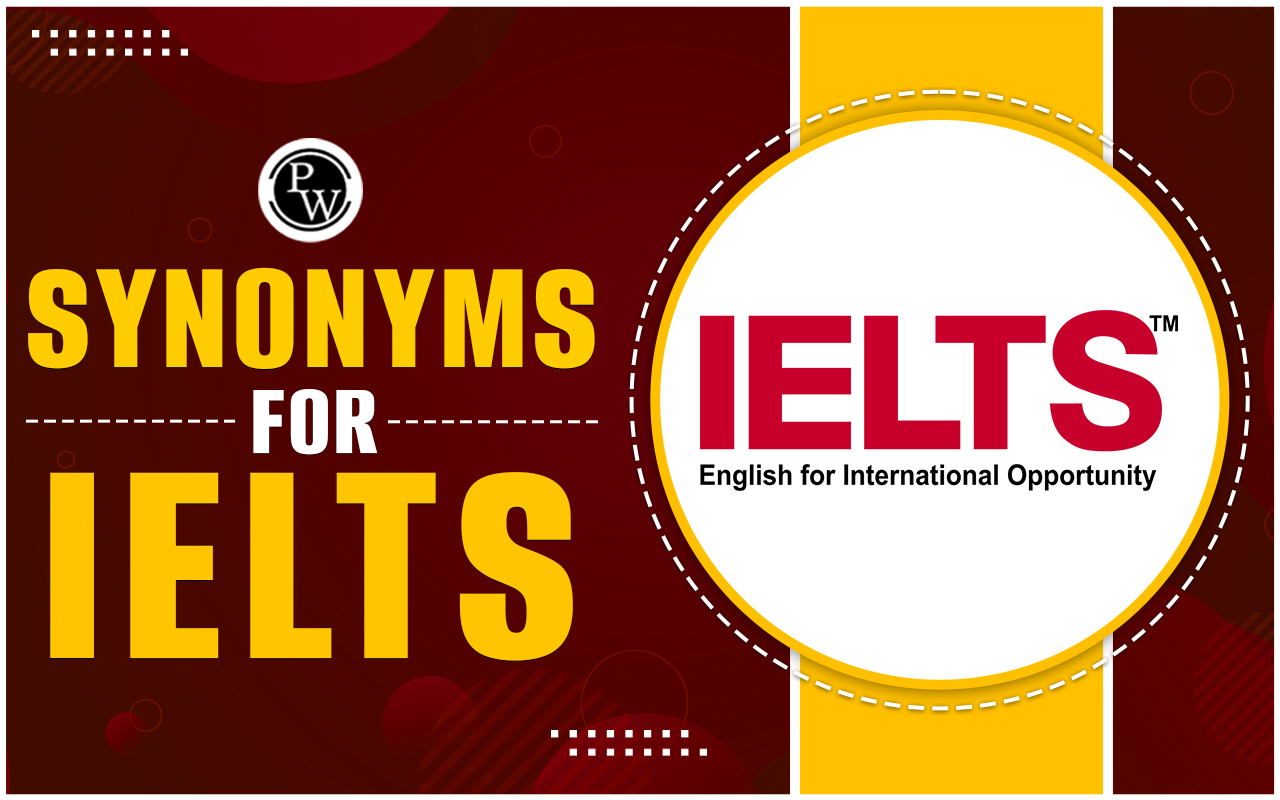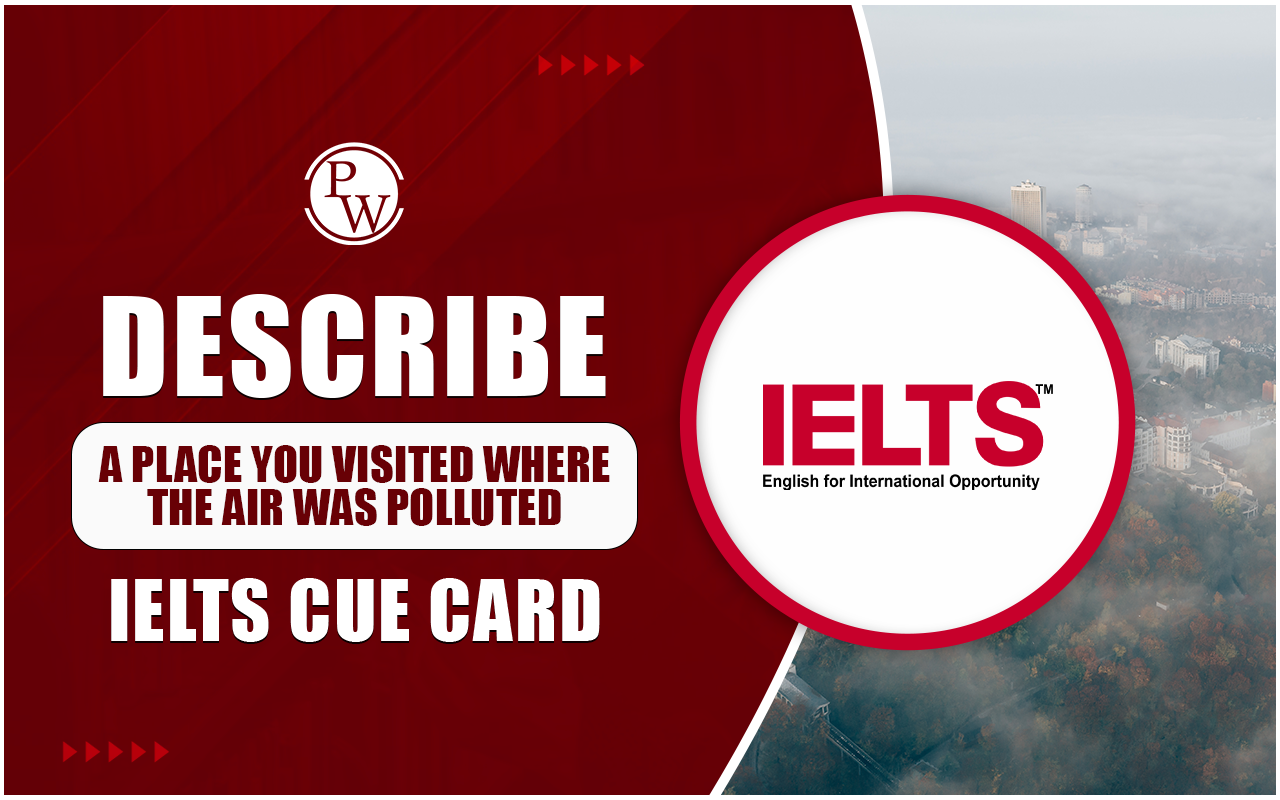

Insight Or Evolution IELTS Reading Answers: The IELTS Reading Test features three academic passages designed to evaluate a candidate’s ability to understand detailed and complex written information. The texts are sourced from a wide range of subjects, and the difficulty increases with each passage. To manage time effectively, candidates are encouraged to spend around 20 minutes on each section.
Insight Or Evolution is a reading passage in the IELTS test that explores the rise of nineteenth-century paperback literature in America and England. It examines the growth of dime novels and penny dreadfuls, the influence of industrialisation on publishing, and how these affordable books changed reading habits among the working class. The passage also touches on education, literacy, copyright, and the transition from horror tales to adventure stories.
This passage includes a total of 14 IELTS Reading questions across three formats: Matching Features, Matching Information, and Yes/No/Not Given. Practising these questions will help candidates familiarise themselves with common IELTS Reading formats and improve their comprehension accuracy.
Free IELTS Reading Practice Tests
Insight Or Evolution IELTS Reading Answers Passage
Nineteenth Century Paperback Literature Reading Answers
-
A publishing craze that hit both America and England from the mid-to-late nineteenth century attracted the readership of the semiliterate working class. In America, dime novels typically centered on tales of the American Revolution and the Wild West, while British penny blood (later called penny dreadfuls) told serial tales of horror or fictionalized versions of true crimes. These paperback novels were sold at newsstands and dry goods stores and succeeded in opening up the publishing market for both writers and readers. The industrial revolution facilitated the growth of literacy, making it easier to print and transport publications in large quantities, thus providing inexpensive entertainment for the masses.
-
Though Johann Gutenberg's printing press was designed in the fifteenth century, it was not until after the first newspapers began circulating in the eighteenth century that it became a profitable invention. Throughout the nineteenth century, commoners in England were becoming educated through normal schools, church schools, and mutual instruction classes, and by the 1830s, approximately 75 percent of the working class had learned to read. In 1870, the Forster Education Act made elementary education mandatory for all children. Though few children's books were available, penny dreadfuls were highly accessible, especially to male youths who created clubs in order to pool their money and start their own libraries. Similar to reading a newspaper, dime novels, and penny dreadfuls were meant to be read quickly and discarded, unlike the hard-bound high literature that was written in volumes and published for the elite. Struggling authors, many of whom had limited writing and storytelling skills, suddenly found an audience desperate to read their work. When the first typewriter became available in the 1870s, authors were able to maximize their output. Successful authors, some of whom wrote over 50,000 words a month, were able to earn a decent living at a penny per word.
-
From the 1830s to 1850s, penny blood featured tales of gore that often depicted the upper class as corrupt. One of the most beloved characters from the penny blood serials was Sweeney Todd. In the original story, String of Pearls: A Romance, published in 1846, Sweeney Todd was a demon barber who used his razor to torture his victims before turning them into meat pies. In 1847, hack playwright George Dibdin Pitt adapted Thomas Prest's story for the stage, renaming it The String of Pearls: The Fiend of Fleet Street. With no copyright laws, authors were always at risk of having their ideas pilfered. Pitt's play was released again one year later at one of London's "bloodbath" theaters1 under the name "Founded on Fact". The Sweeney Todd story also made its way into musicals and comedies. Controversy still exists over whether Thomas Prest's character was based on a real person. No records of a barbershop on Fleet Street, or a barber named Sweeney Todd have been found, though Thomas Prest was known for getting his inspiration from "The Old Bailey" of the London Times, a section devoted to real-life horror stories.
-
Despite the warning from Lord Shaftesbury that the paperback literature was seducing middle-class society into an unproductive life of evil, the penny blood grew in popularity. They provided a literary voice for commoners at an affordable price. Eventually, penny blood became known as penny dreadfuls and began to focus more on an adventure than horror.
-
In 1860, Beadle and Adams was the first firm in the United States to publish a title that would be categorized as a dime novel. Malaeska: The Indian Wife of the White Hunter, by Anne Stephens, had originally been published twenty years earlier as a series in a magazine. In novel form, approximately 300,000 copies of the story were sold in the first year, paving the way for the new fad in America. Many dime novels were written as serials with recurring characters, such as Deadwood Dick, Commander Cody, and Wild Bill. Originally, the paperbacks were intended for railroad travelers; however, during the Civil War, soldiers quickly became the most avid dime novel readers. Beadle dime novels became so popular that the company had to build a factory of hack writers to mass-produce them. As urbanization3 spread, stories of the Wild West were in less demand, and tales of urban outlaws became popular. At that time, dime novels were chosen for their illustrated covers rather than their sensational stories and characters. Despite their popularity, by the late 1880s, dry goods stores were so full of unsold books that prices dropped to less than five cents per copy. Many titles that could still not sell were given away or destroyed. The International Copyright Law, passed by Congress in 1890, required publishers to pay royalties to foreign authors. Selling at less than five cents a copy, the paperback industry was doomed until the arrival of pulp paper.
Also Read:
Insight Or Evolution IELTS Reading Answers Sample Questions
IELTS Reading Matching Features (Q. 1–6)
Match each statement with the correct person or organisation from the list below.
Choose the correct letter A–D for each question.
List of People/Organisations
A. Thomas Prest
B. George Dibdin Pitt
C. Beadle and Adams
D. Lord Shaftesbury
-
Adapted a popular horror story into a theatrical play.
-
Opposed the effects of paperback literature on society.
-
Possibly used a real-life crime source for literary inspiration.
-
Produced the first American dime novel.
-
Published serial stories using factory writers.
-
Was involved in creating a character whose identity is still debated.
IELTS Reading Yes/No/Not Given (Q. 10–14)
Do the following statements agree with the views of the writer in the passage?
Write YES, NO, or NOT GIVEN.
-
The printing press was immediately successful after its invention.
-
Dime novels were only popular with railroad travellers.
-
Some stories were adapted into stage plays multiple times.
-
Penny dreadfuls had no influence on real-life criminal investigations.
-
The arrival of pulp paper helped revive the paperback market.
| Section wise IELTS Band Score Links | |
|---|---|
| IELTS Reading Band Score | IELTS Listening Band Score |
| IELTS Speaking Band Score | IELTS Writing Band Score |
Insight Or Evolution IELTS Reading Answers with Explanations
IELTS Reading Matching Features Answers (Q. 1–6)
|
Question |
Answer |
Answer Location |
Explanation |
|---|---|---|---|
|
1. Adapted a popular horror story into a theatrical play |
B |
Paragraph 3 |
George Dibdin Pitt adapted The String of Pearls for the stage. |
|
2. Opposed the effects of paperback literature on society |
D |
Paragraph 4 |
Lord Shaftesbury warned about the negative effects of paperback literature. |
|
3. Possibly used a real-life crime source for literary inspiration |
A |
Paragraph 3 |
Thomas Prest was inspired by real-life crime reports from The Old Bailey. |
|
4. Produced the first American dime novel |
C |
Paragraph 5 |
Beadle and Adams published Malaeska, the first American dime novel. |
|
5. Published serial stories using factory writers |
C |
Paragraph 5 |
Beadle and Adams used a “factory of hack writers” to mass-produce novels. |
|
6. Was involved in creating a character whose identity is still debated |
A |
Paragraph 3 |
Thomas Prest created Sweeney Todd, whose real-life basis remains disputed. |
IELTS Reading Yes/No/Not Given (Q.10–14)
|
Question |
Answer |
Answer Location |
Explanation |
|---|---|---|---|
|
10. The printing press was immediately successful after its invention. |
NO |
Paragraph 2 |
It states it wasn't profitable until the 18th century, long after its invention. |
|
11. Dime novels were only popular with railroad travellers. |
NO |
Paragraph 5 |
Initially made for travellers, but became popular among Civil War soldiers too. |
|
12. Some stories were adapted into stage plays multiple times. |
YES |
Paragraph 3 |
The Sweeney Todd play was released again with a different title. |
|
13. Penny dreadfuls had no influence on real-life criminal investigations. |
NOT GIVEN |
— |
The passage does not mention any link between penny dreadfuls and criminal investigations. |
|
14. The arrival of pulp paper helped revive the paperback market. |
YES |
Paragraph 5 (last sentence) |
It says the industry was doomed until pulp paper revived it. |
Guidance to PW
The IELTS Online Courses is a great initiative taken by Physics Wallah to help IELTS aspirants better prepare for the exam. Follow our below pages to learn more about the IELTS exam.| What is IELTS Exam? | Documents Required for IELTS Registration |
| IELTS exam eligibility requirements | IELTS Exam Fees |
| IELTS test results | IELTS Exam Pattern |
Insight Or Evolution IELTS Reading Answers FAQs
What is the main focus of the Insight Or Evolution passage in IELTS Reading?
How many questions are typically asked from this passage in the IELTS test?
What reading skills are tested in this passage?
Why were paperback novels significant during the nineteenth century?
How can I improve my performance in Matching Features questions?

